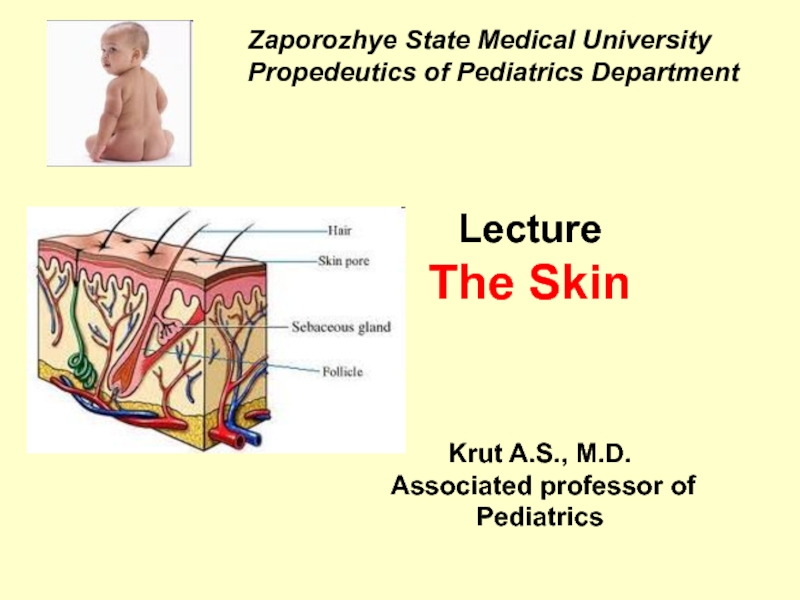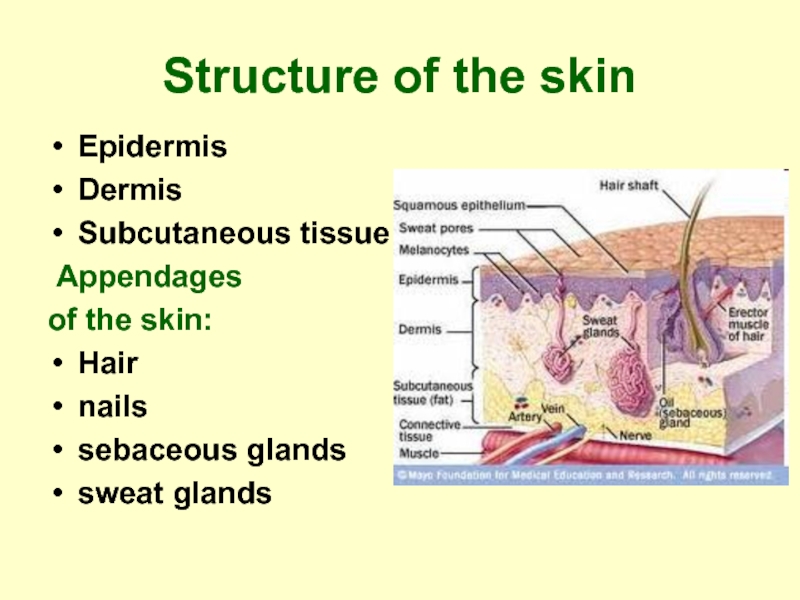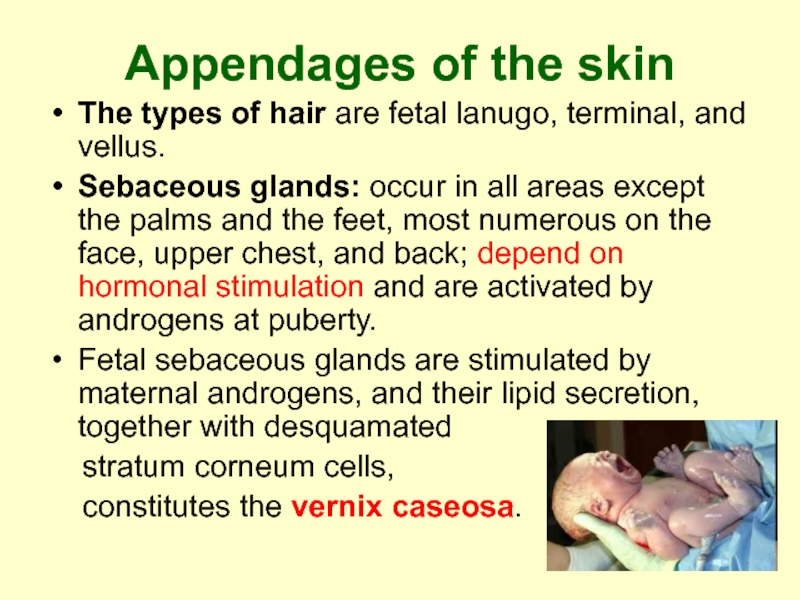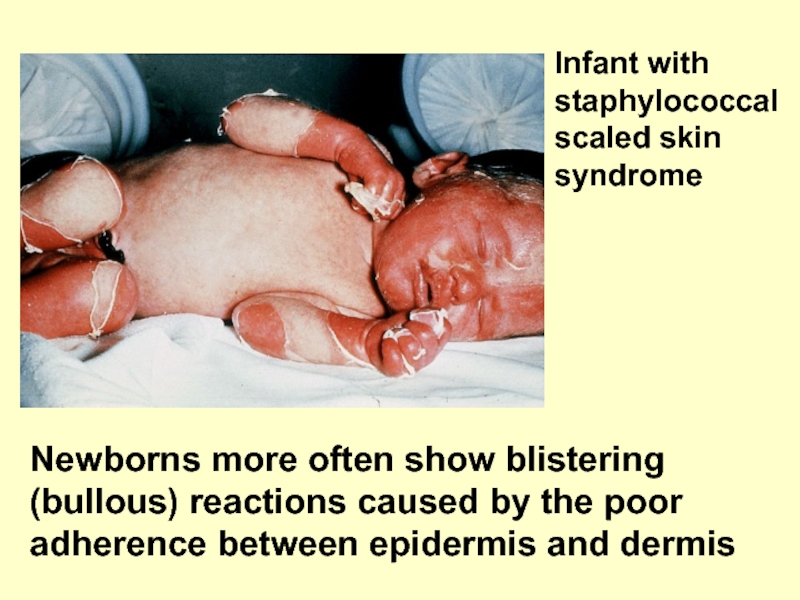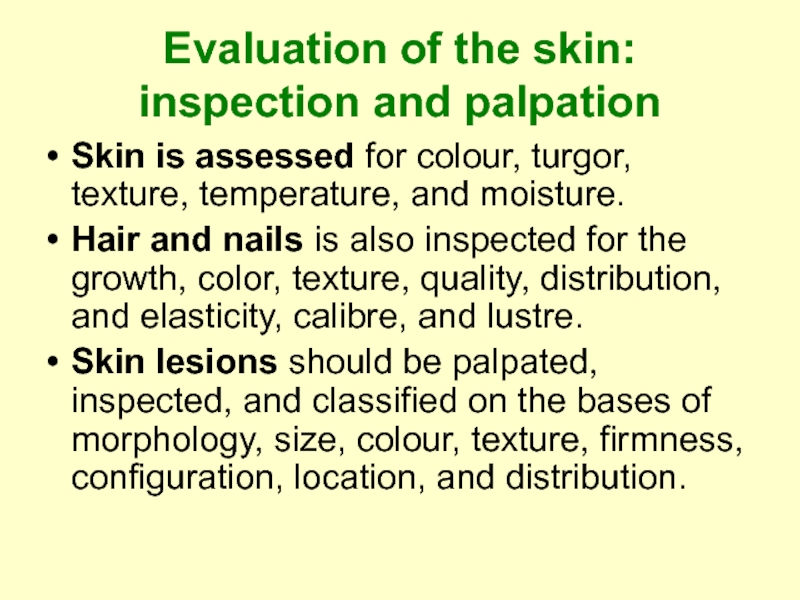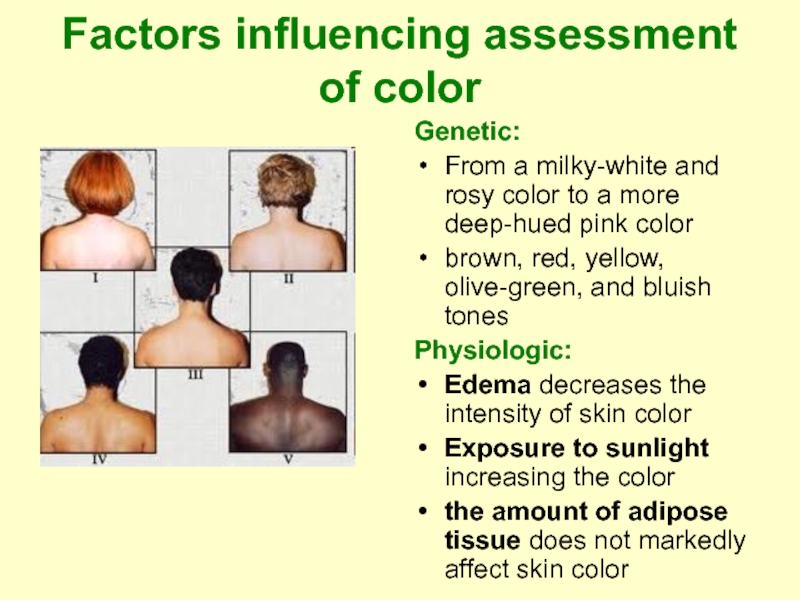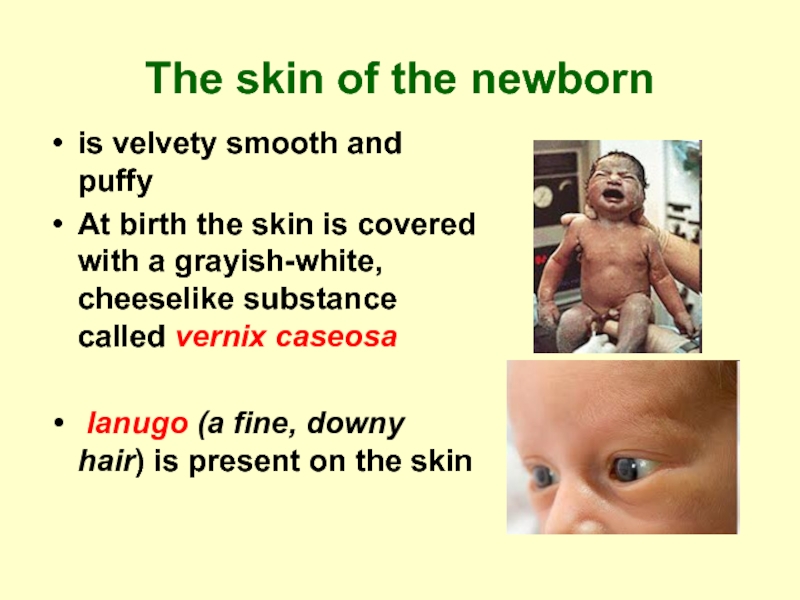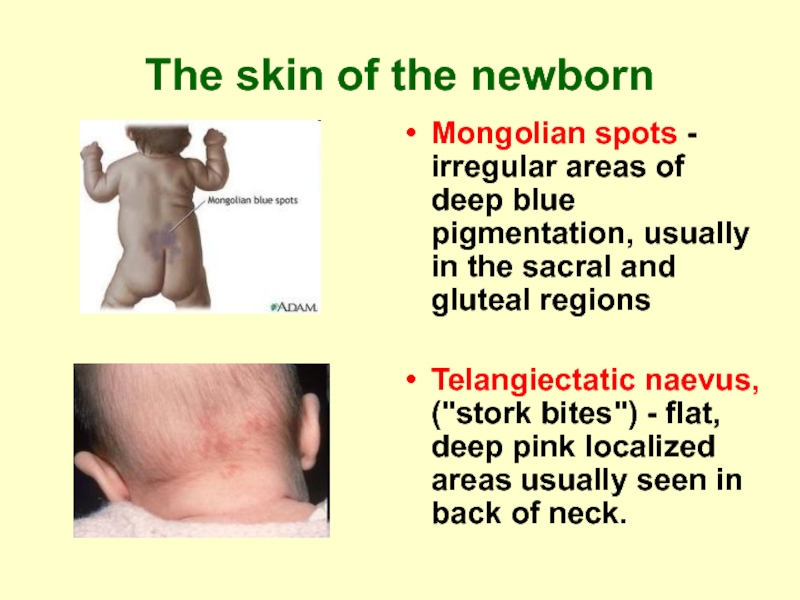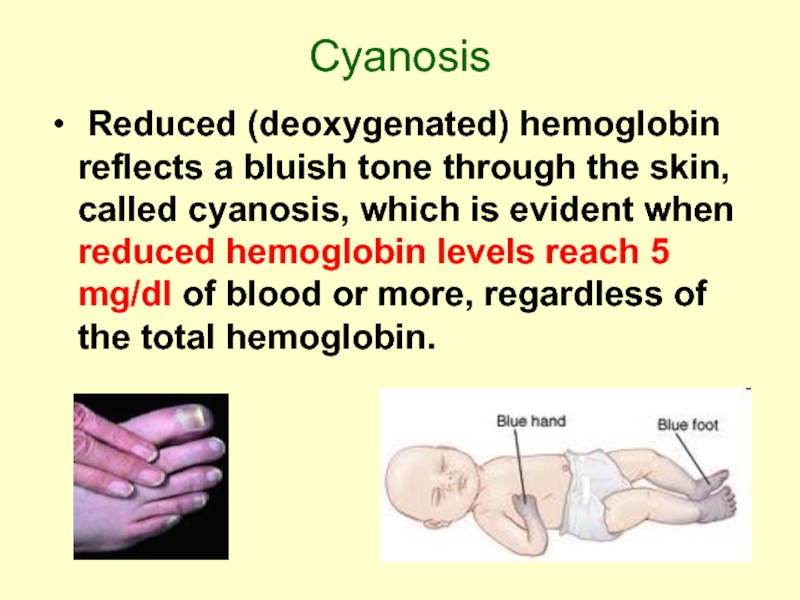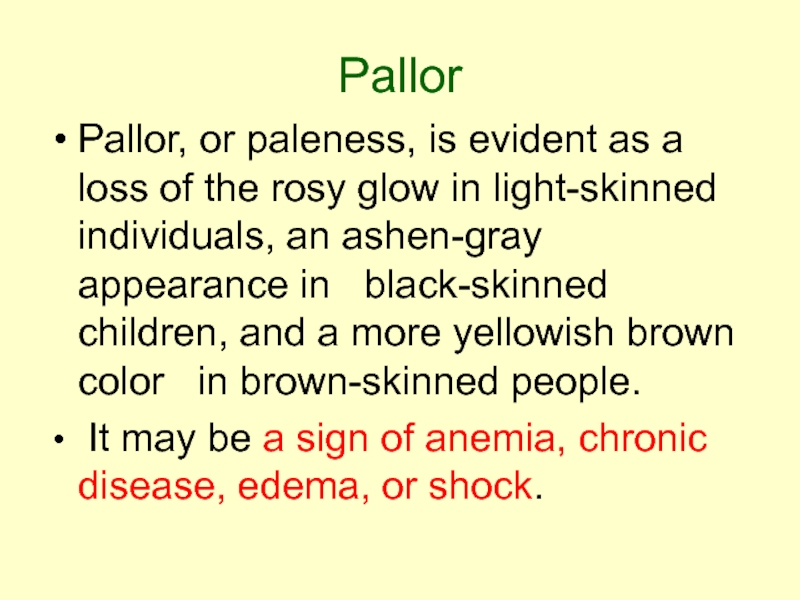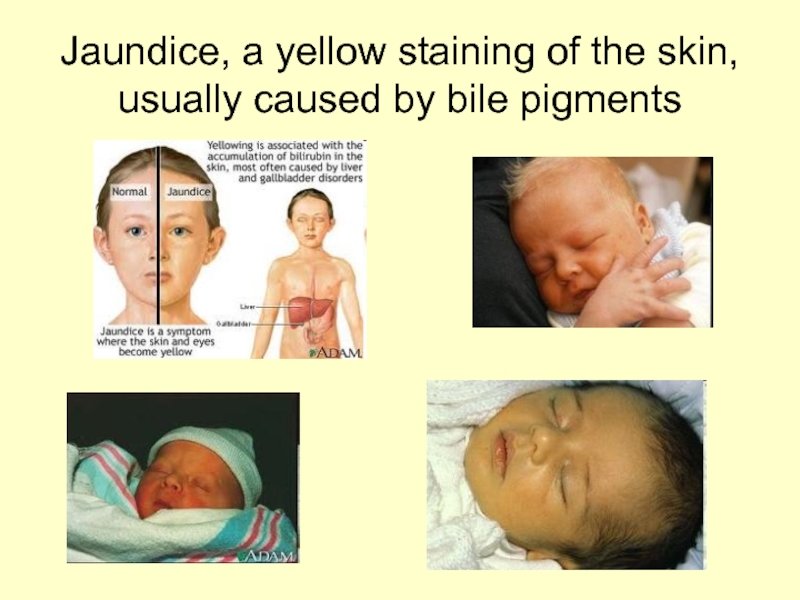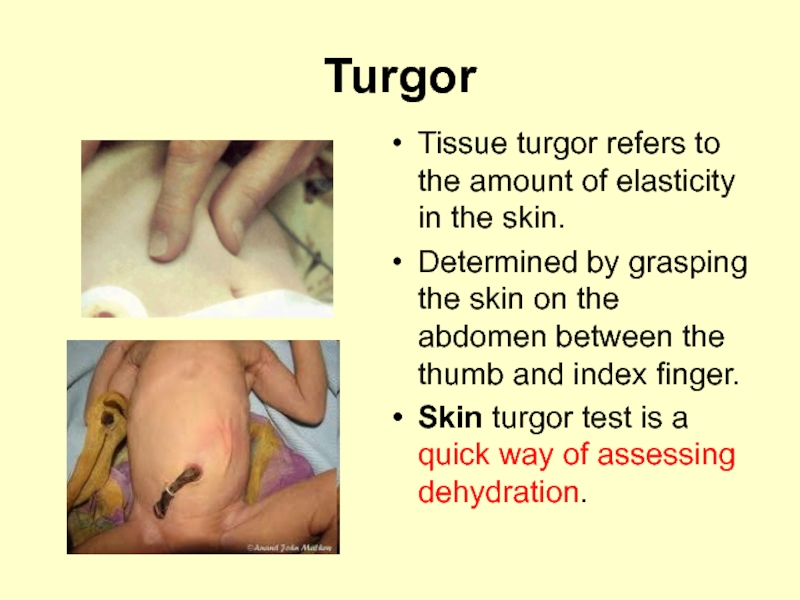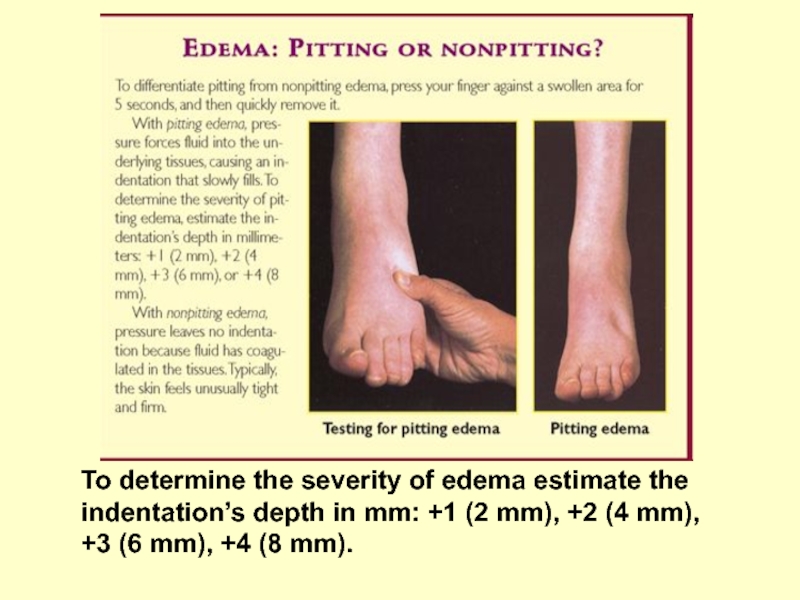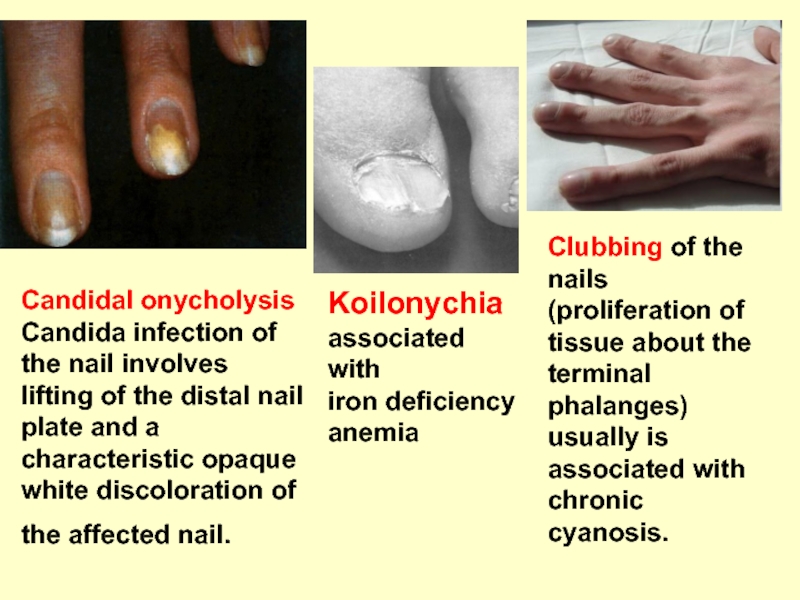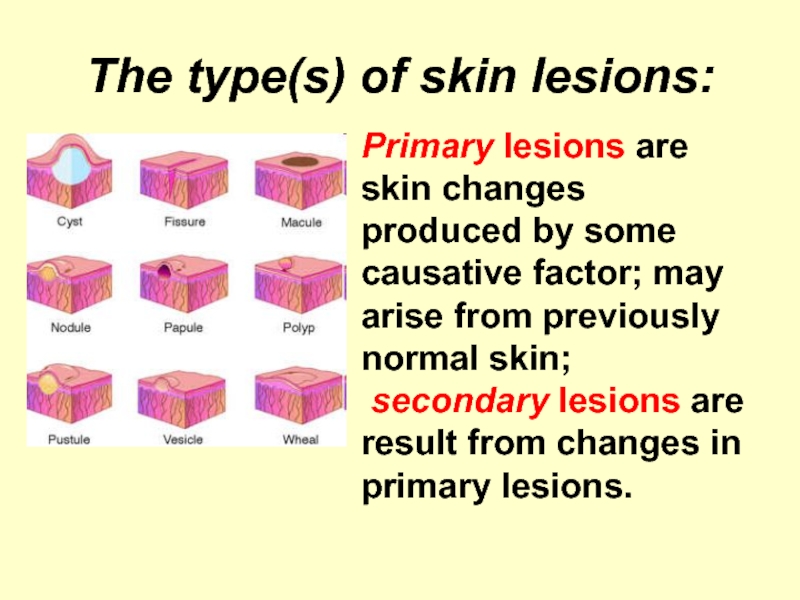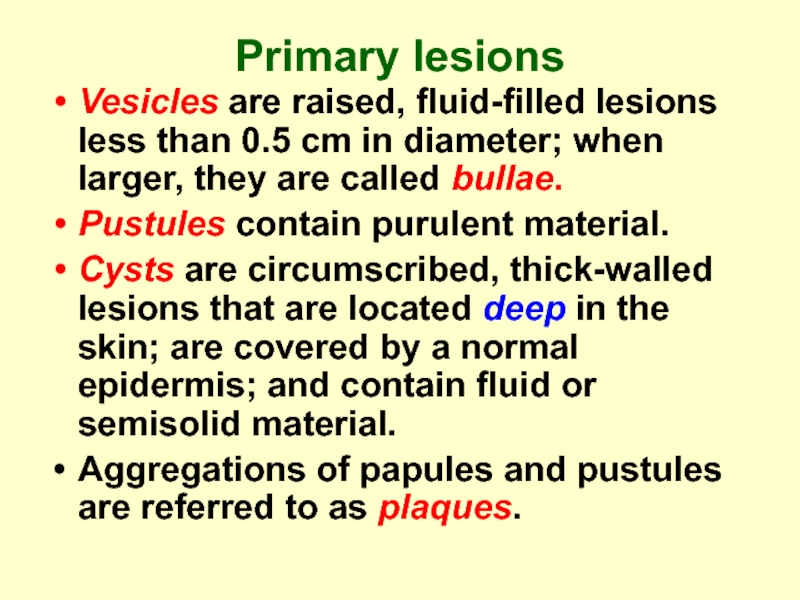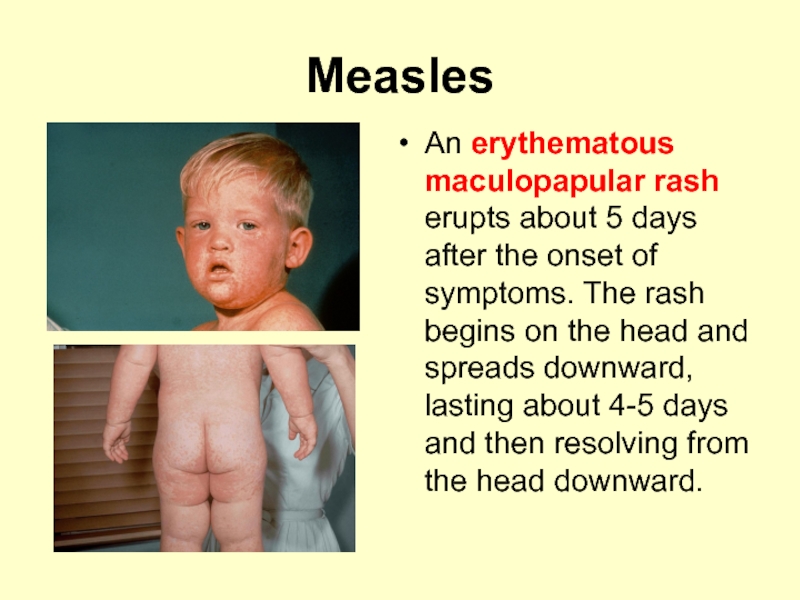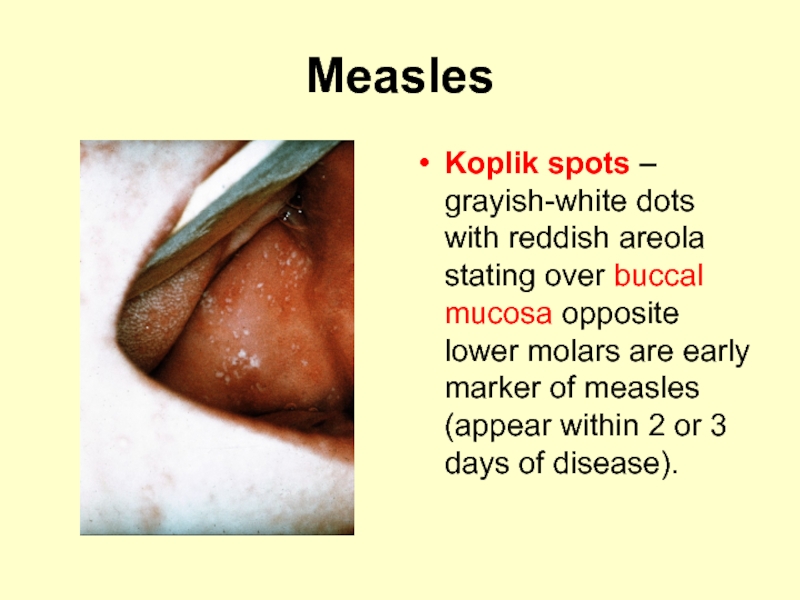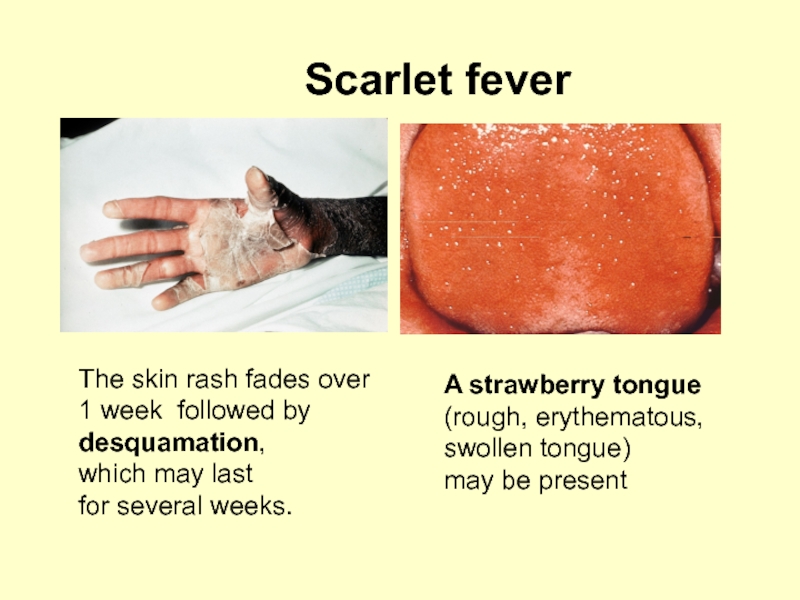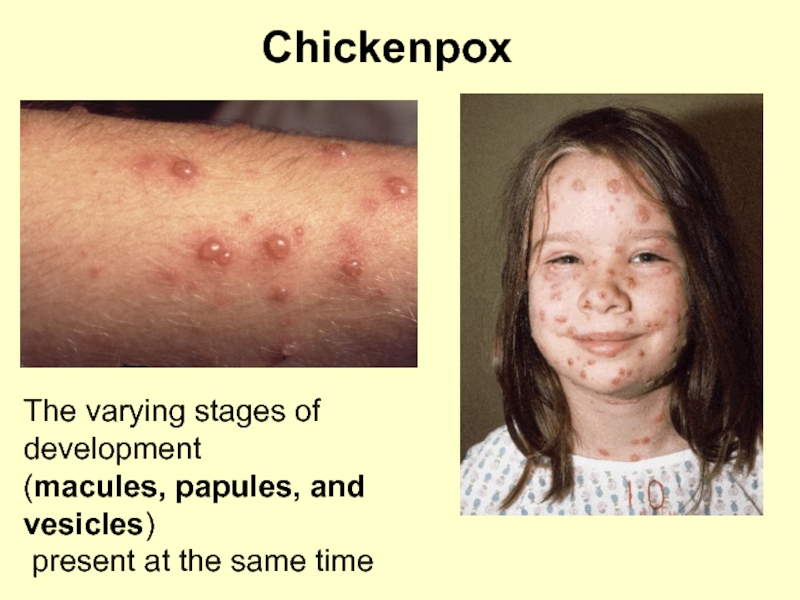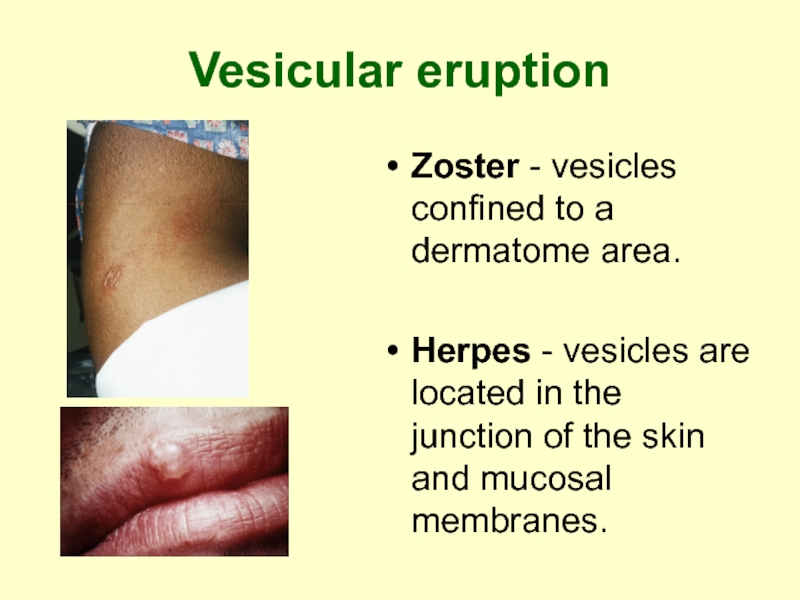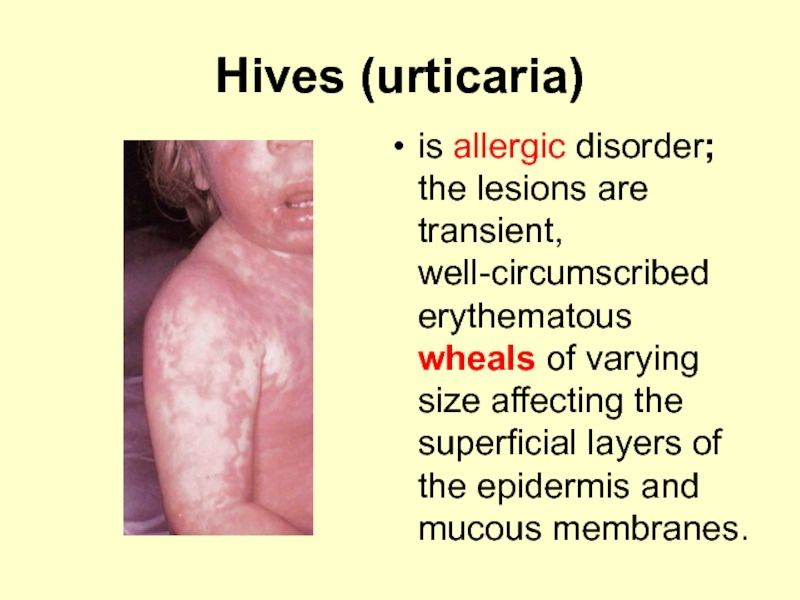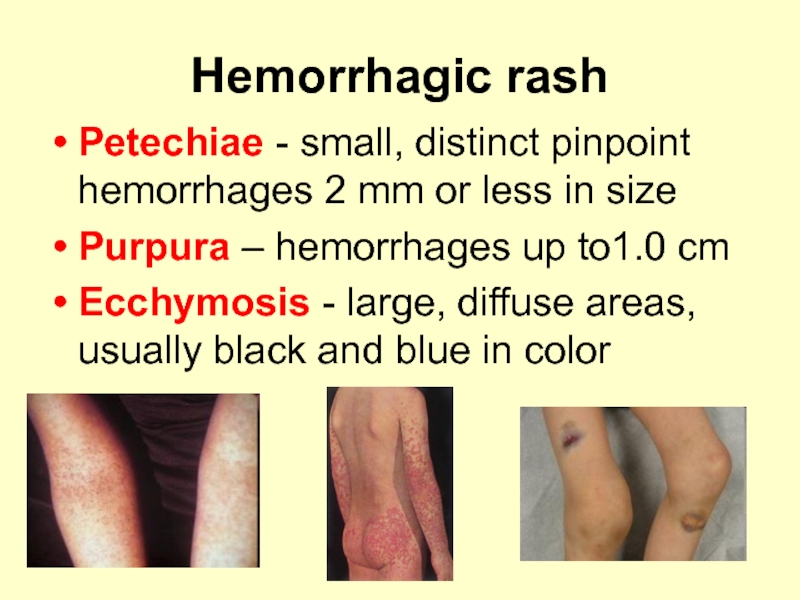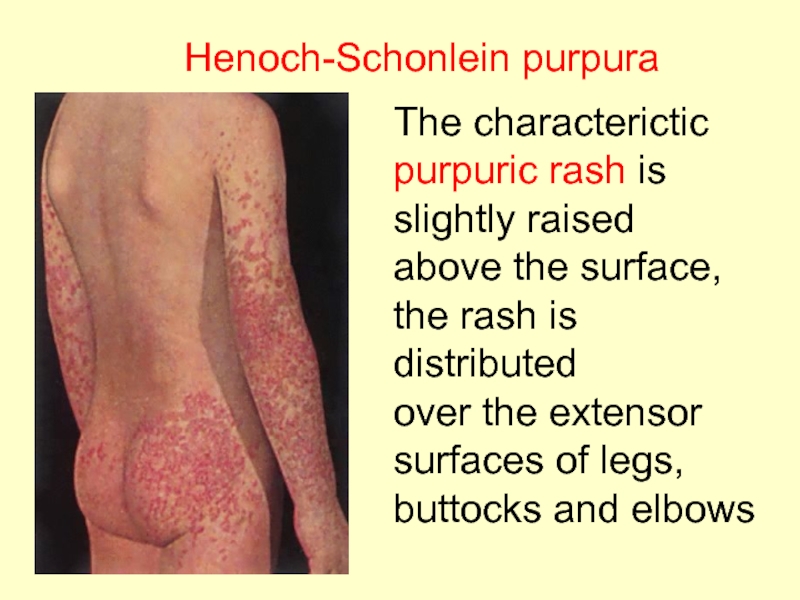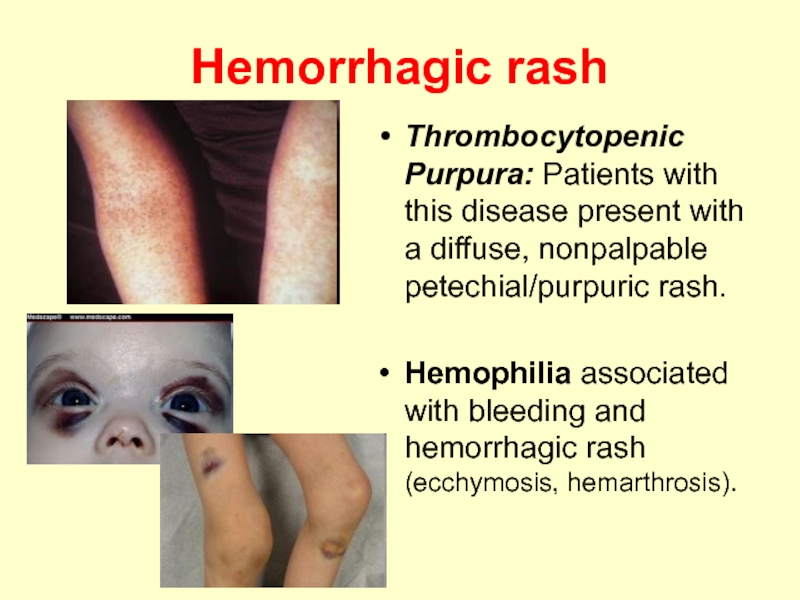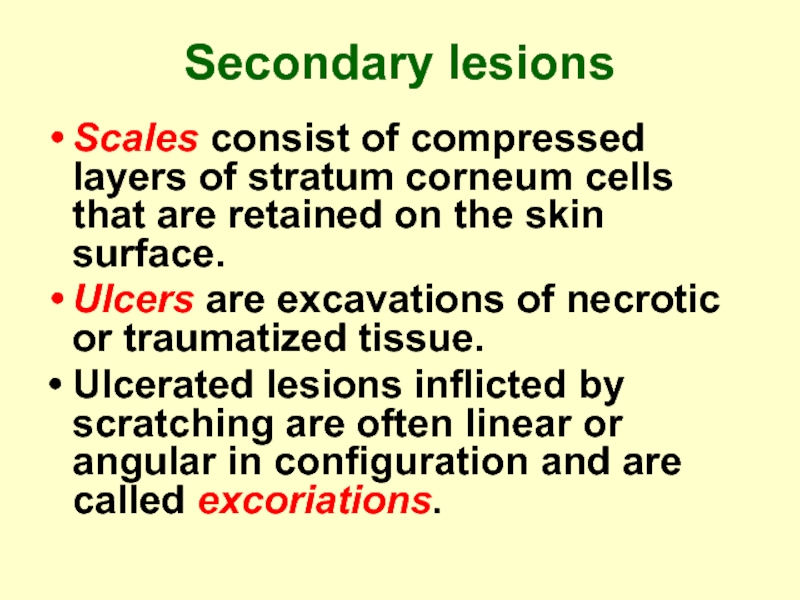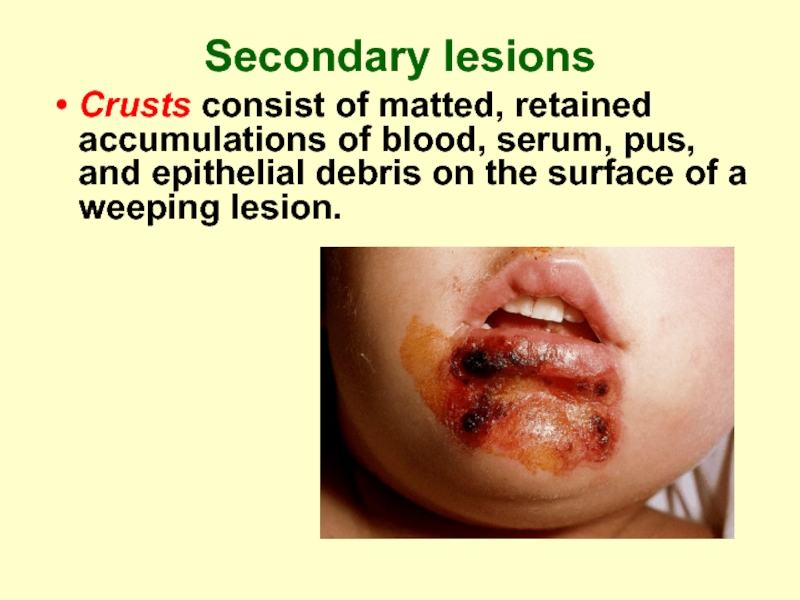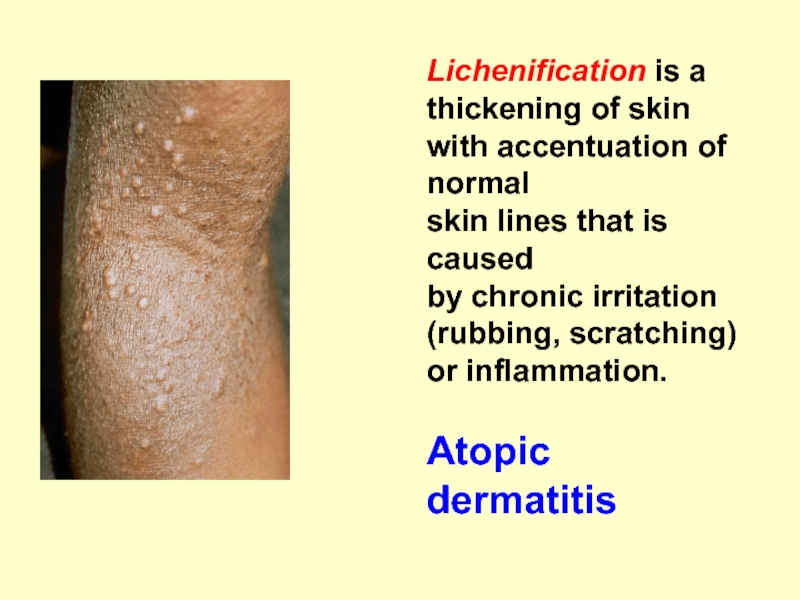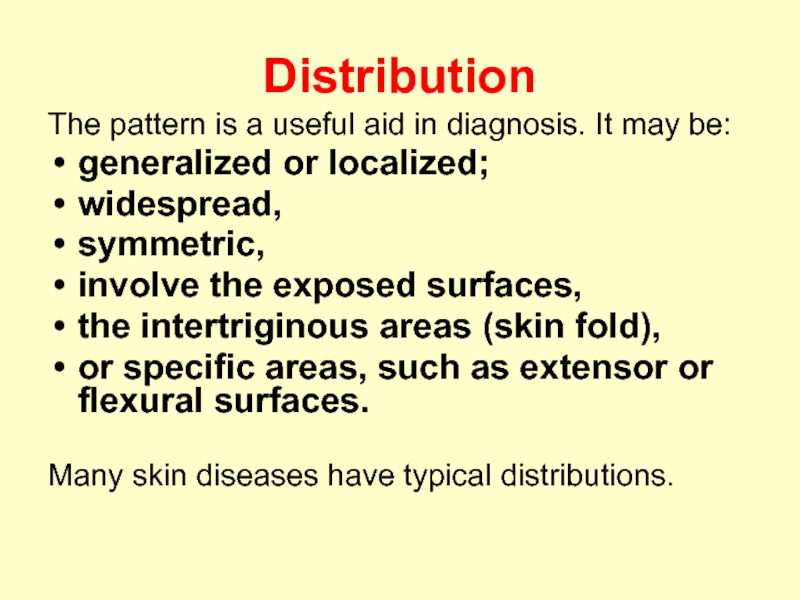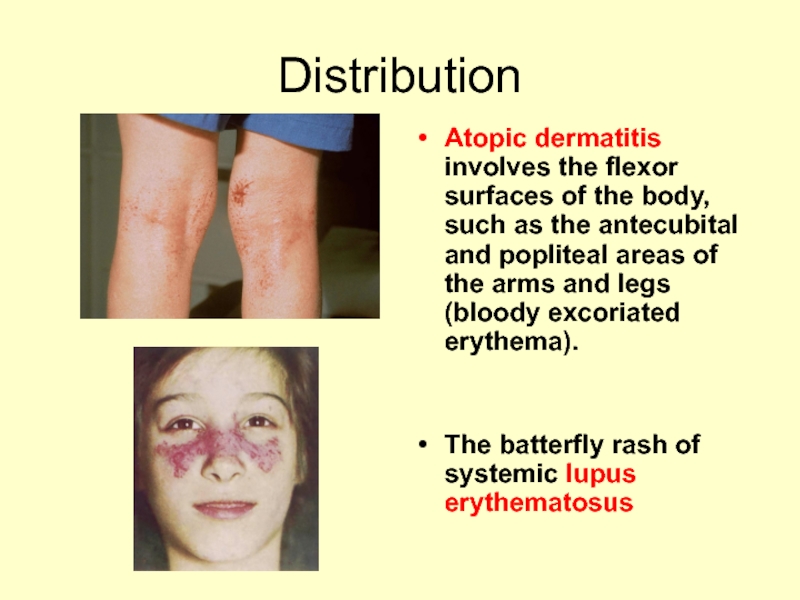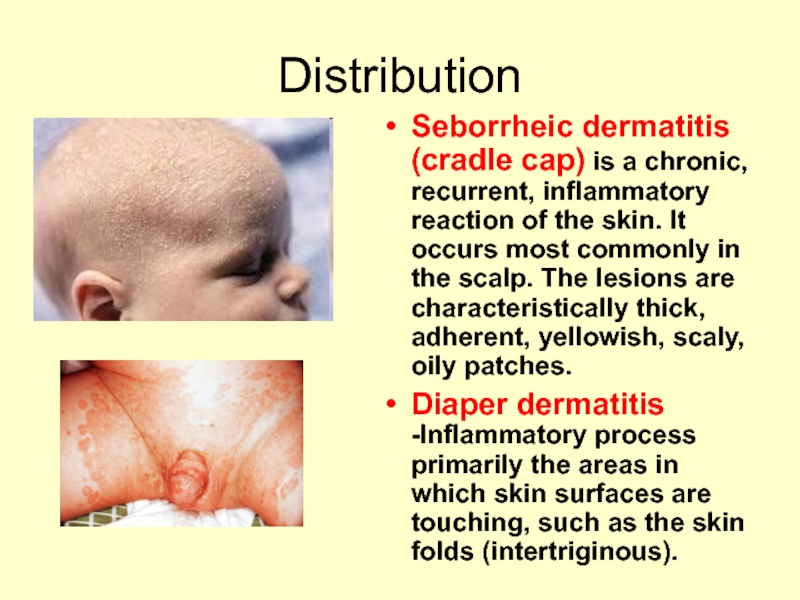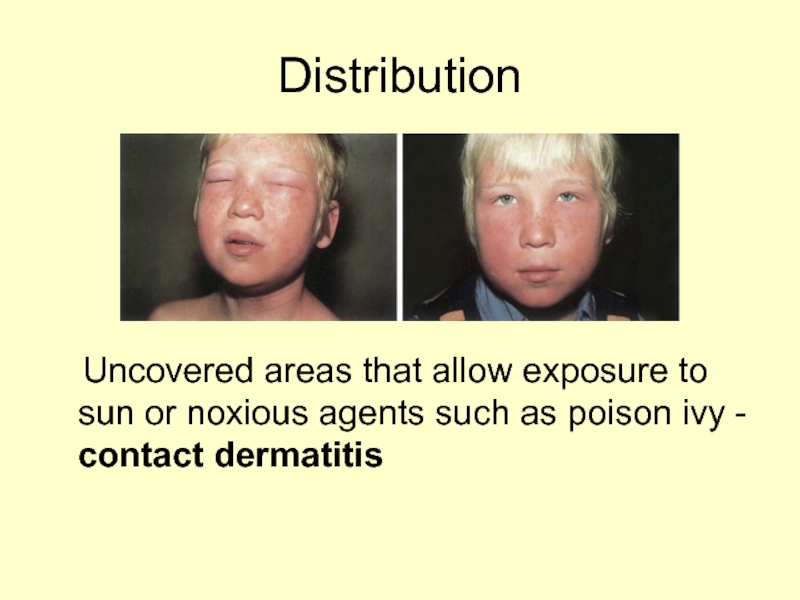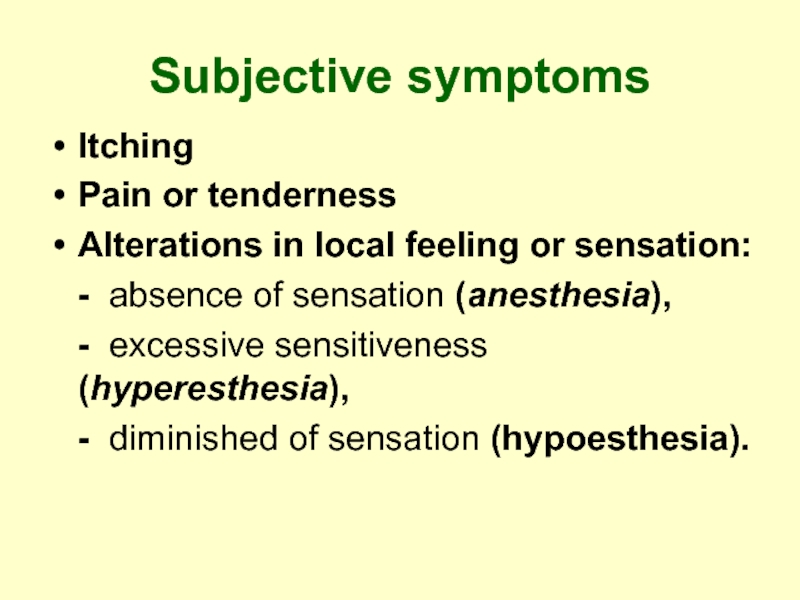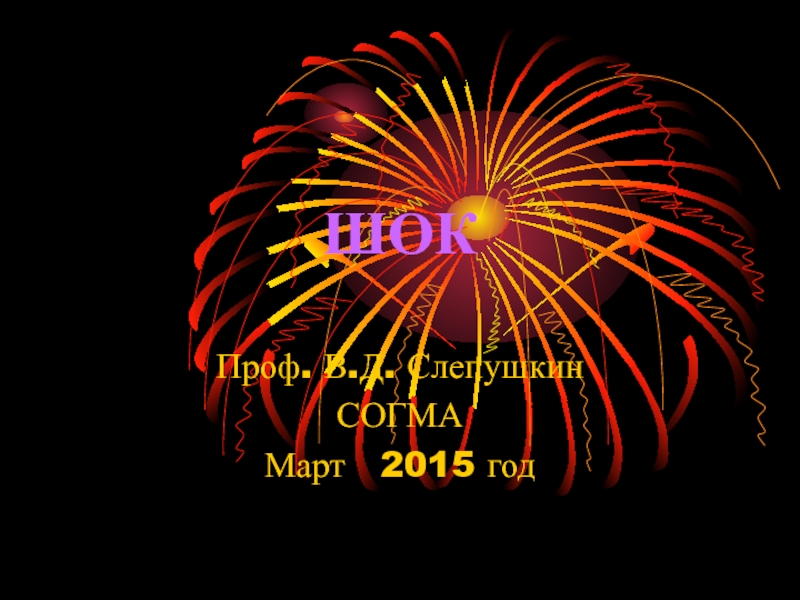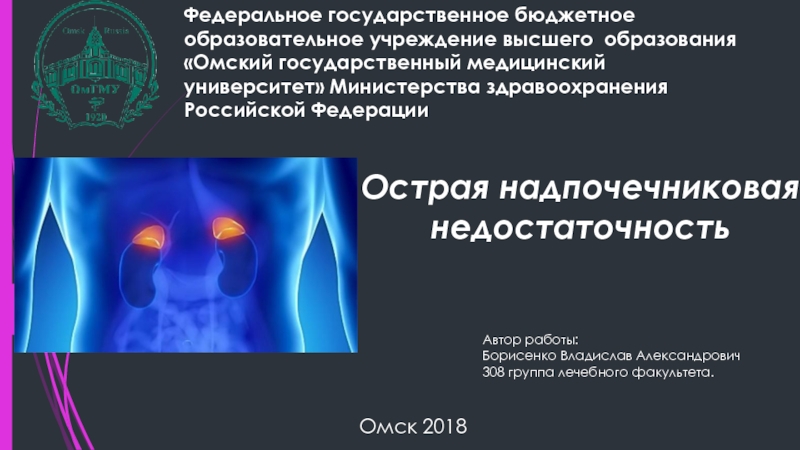- Главная
- Разное
- Дизайн
- Бизнес и предпринимательство
- Аналитика
- Образование
- Развлечения
- Красота и здоровье
- Финансы
- Государство
- Путешествия
- Спорт
- Недвижимость
- Армия
- Графика
- Культурология
- Еда и кулинария
- Лингвистика
- Английский язык
- Астрономия
- Алгебра
- Биология
- География
- Детские презентации
- Информатика
- История
- Литература
- Маркетинг
- Математика
- Медицина
- Менеджмент
- Музыка
- МХК
- Немецкий язык
- ОБЖ
- Обществознание
- Окружающий мир
- Педагогика
- Русский язык
- Технология
- Физика
- Философия
- Химия
- Шаблоны, картинки для презентаций
- Экология
- Экономика
- Юриспруденция
Functions of the skin презентация
Содержание
- 1. Functions of the skin
- 2. Plan of lecture Functions of the skin.
- 3. Purposes of the skin Protection: mechanical barrier;
- 4. Structure of the skin Epidermis Dermis
- 5. Epidermis the outermost cellular membrane of
- 6. Appendages of the skin The types of
- 7. Appendages of the skin Eccrine sweat glands
- 8. The skin of the infant far more
- 9. Newborns more often show blistering (bullous) reactions
- 10. Evaluation of the skin: inspection and palpation
- 11. Factors influencing assessment of color Genetic:
- 12. The skin of the newborn is
- 13. The skin of the newborn Milia, distended
- 14. The skin of the newborn Acrocyanosis Cutis marmorata Erythema toxicum Harlequin color change
- 15. The skin of the newborn Mongolian spots
- 17. Cyanosis Reduced (deoxygenated) hemoglobin reflects a
- 18. Cyanosis
- 19. Pallor Pallor, or paleness, is evident as
- 20. Erythema Erythema, or redness of the skin,
- 21. Erythema Dermatomyositis Erythema nodosum
- 22. Jaundice, a yellow staining of the skin, usually caused by bile pigments
- 23. Jaundice Causes: Physiologic in newborn Excessive hemolysis
- 24. Palpation of the skin Texture (roughness,smoothness) Moisture
- 25. Moisture of the skin Excessive dryness (xeroderma):
- 26. Turgor Tissue turgor refers to the amount
- 27. Causes of edema: kidney disease, protein deficiency,
- 28. To determine the severity of edema estimate
- 29. Hair Alopecia is hair loss: diffuse, patchy,
- 30. Unusual hairiness The pigmented, hairy patch
- 31. Candidal onycholysis Candida infection of the nail
- 32. Lesions of the skin
- 33. Observe any lesions of the skin,
- 34. The type(s) of skin lesions: Primary lesions
- 36. Primary lesions A macule represents an alteration
- 37. Primary lesions Vesicles are raised, fluid-filled lesions
- 38. Measles An erythematous maculopapular rash erupts about
- 39. Measles Koplik spots – grayish-white dots with
- 40. Rubella The exanthema begins on the face
- 41. Scarlet fever The rash is erythematous,
- 42. Scarlet fever The skin rash fades
- 43. Chickenpox The varying stages of development (macules,
- 44. Vesicular eruption Zoster - vesicles confined to
- 45. Hives (urticaria) is allergic
- 46. Hemorrhagic rash Petechiae - small, distinct
- 47. Henoch-Schonlein purpura The characterictic purpuric rash
- 48. Hemorrhagic rash Thrombocytopenic Purpura: Patients with this
- 49. Menigococcemia- infection with Neisseria meningitidis typical
- 51. Secondary lesions Scales consist of compressed layers
- 52. Secondary lesions Fissures are caused by splitting
- 53. Secondary lesions Crusts consist of matted, retained
- 54. Lichenification is a thickening of skin with
- 55. Distribution The pattern is a useful aid
- 56. Distribution Atopic dermatitis involves the flexor surfaces
- 57. Distribution Seborrheic dermatitis (cradle cap) is a
- 58. Distribution Uncovered areas that
- 59. Arrangement Clustered (grouped) - herpes
- 60. Subjective symptoms Itching Pain or
- 61. Lecture is over Thank you for attention
Слайд 1Lecture
The Skin
Zaporozhye State Medical University
Propedeutics of Pediatrics Department
Krut A.S., M.D.
Слайд 2Plan of lecture
Functions of the skin.
Structure of the skin.
The features of
Evaluation of the skin: inspection and palpation (color change, texture, moisture, temperature, lesions).
Clinical manifestations of some skin disorders in children.
Слайд 3Purposes of the skin
Protection: mechanical barrier; the oily and slightly acid
Impermeability: seals and protects against loss of essential body constituents
Heat regulation: through functioning of cutaneous blood vessels and sweat glands
synthesizes vitamin D
a sensory organ, these perceptions (touch, pain, heat, and cold)
Слайд 4Structure of the skin
Epidermis
Dermis
Subcutaneous tissue
Appendages
of the skin:
Hair
nails
sebaceous glands
sweat glands
Слайд 5Epidermis
the outermost cellular membrane
of relatively uniform thickness;
Diseases of the skin
Слайд 6Appendages of the skin
The types of hair are fetal lanugo, terminal,
Sebaceous glands: occur in all areas except the palms and the feet, most numerous on the face, upper chest, and back; depend on hormonal stimulation and are activated by androgens at puberty.
Fetal sebaceous glands are stimulated by maternal androgens, and their lipid secretion, together with desquamated
stratum corneum cells,
constitutes the vernix caseosa.
Слайд 7Appendages of the skin
Eccrine sweat glands are distributed over the entire
Apocrine sweat glands are located in the axillae, areolae, perianal and genital areas. They response to adrenergic stimuli, usually the result of emotional stress.
Слайд 8The skin of the infant
far more susceptible to superficial bacterial infection
more likely to have associated systemic symptoms with some infections
more apt to react to a primary irritant than to a sensitizing allergen
more often show blistering (bullous) reactions
are frequently affected by chronic atopic dermatitis (eczema)
much more prone to develop a toxic erythema
is subject to maceration, infection, and the sweat retention associated with diaper rash
Слайд 9Newborns more often show blistering (bullous) reactions caused by the poor
Infant with staphylococcal scaled skin syndrome
Слайд 10Evaluation of the skin:
inspection and palpation
Skin is assessed for colour,
Hair and nails is also inspected for the growth, color, texture, quality, distribution, and elasticity, calibre, and lustre.
Skin lesions should be palpated, inspected, and classified on the bases of morphology, size, colour, texture, firmness, configuration, location, and distribution.
Слайд 11Factors influencing assessment of color
Genetic:
From a milky-white and rosy color
brown, red, yellow, olive-green, and bluish tones
Physiologic:
Edema decreases the intensity of skin color
Exposure to sunlight increasing the color
the amount of adipose tissue does not markedly affect skin color
Слайд 12The skin of the newborn
is velvety smooth and puffy
At
lanugo (a fine, downy hair) is present on the skin
Слайд 13The skin of the newborn
Milia, distended sebaceous glands, appear as tiny
Sudamina are distended sweat glands that cause minute vesicles on the skin surface, especially on the face
Слайд 15The skin of the newborn
Mongolian spots - irregular areas of deep
Telangiectatic naevus, ("stork bites") - flat, deep pink localized areas usually seen in back of neck.
Слайд 17Cyanosis
Reduced (deoxygenated) hemoglobin reflects a bluish tone through the skin,
Слайд 18
Cyanosis
Oxygen level in arterial blood
low
normal
central
peripheral
Congestive heart failure (cutaneous blood flow
Response to anxiety or a cold environment
Advanced lung disease
Congenital heart disease
Abnormal hemoglobin
Слайд 19Pallor
Pallor, or paleness, is evident as a loss of the rosy
It may be a sign of anemia, chronic disease, edema, or shock.
Слайд 20Erythema
Erythema, or redness of the skin, may be the result of:
increased temperature from climatic conditions
local inflammation, or infection
a sign of skin irritation
allergy
dermatoses
Plethora (increased numbers of RBC)
Слайд 23Jaundice
Causes:
Physiologic in newborn
Excessive hemolysis of RBC (hemolytic disease of the newborn)
Liver
Obstructive disease (biliary atresia)
Infectious (cytomegalovirus,toxoplasmosis)
Metabolic (galactosemia)
Слайд 24Palpation of the skin
Texture (roughness,smoothness)
Moisture (dryness, sweating, oilness)
Temperature (warmth, coolness)
Turgor
Normally
Common problems: cradle cap, eczema, diaper rash.
Слайд 25Moisture of the skin
Excessive dryness (xeroderma):
Ichthyosis
Vitamin-A deficiency
Hypothyroidism
Sweating:
Heart diseases
Hyperthyroidism
Hypoglycemia
Слайд 26Turgor
Tissue turgor refers to the amount of elasticity in the skin.
Determined by grasping the skin on the abdomen between the thumb and index finger.
Skin turgor test is a quick way of assessing dehydration.
Слайд 27Causes of edema:
kidney disease,
protein deficiency,
allergic disease,
inflammation,
heart failure,
endocrine disease.
Слайд 28To determine the severity of edema estimate the indentation’s depth in
Слайд 29Hair
Alopecia is hair loss: diffuse, patchy, or total.
Alopecia can be
Слайд 30Unusual hairiness
The pigmented, hairy
patch on the right midback
Tufts of hair
Слайд 31Candidal onycholysis Candida infection of the nail involves lifting of the
Koilonychia
associated with
iron deficiency
anemia
Clubbing of the nails (proliferation of tissue about the terminal phalanges) usually is associated with chronic cyanosis.
Слайд 32Lesions of the skin
In general skin lesions originate
contact with injurious agents such as infective organisms, toxic chemicals, and physical trauma,
hereditary factors, or
some external factor that produces a reaction in the skin, for example, allergens.
Слайд 33
Observe any lesions of the skin, noting their characteristics:
Their anatomic location
Their arrangement
The type(s) of skin lesions
Their color
Слайд 34The type(s) of skin lesions:
Primary lesions are skin changes produced by
secondary lesions are result from changes in primary lesions.
Слайд 36Primary lesions
A macule represents an alteration in skin color but cannot
When larger than 1 cm, the term patch is used.
Papules are palpable solid lesions smaller than 0.5–1 cm, whereas nodules are larger in diameter.
Tumors are usually larger than nodules
Wheals are flat-topped, palpable lesions of variable size and configuration that represent dermal collections of edema fluid.
Слайд 37Primary lesions
Vesicles are raised, fluid-filled lesions less than 0.5 cm in
Pustules contain purulent material.
Cysts are circumscribed, thick-walled lesions that are located deep in the skin; are covered by a normal epidermis; and contain fluid or semisolid material.
Aggregations of papules and pustules are referred to as plaques.
Слайд 38Measles
An erythematous maculopapular rash erupts about 5 days after the onset
Слайд 39Measles
Koplik spots – grayish-white dots with reddish areola stating over buccal
Слайд 40Rubella
The exanthema begins on the face and extends over the body
Suboccipital and posterior auricular lymphnodes may be slightly enlarged and tender (lymphadenopathy)
Слайд 41Scarlet fever
The rash is erythematous, finely punctuate, it appears on
Слайд 42Scarlet fever
The skin rash fades over
1 week followed by
desquamation,
which may last
for several weeks.
A strawberry tongue
(rough, erythematous,
swollen tongue)
may be present
Слайд 43Chickenpox
The varying stages of development
(macules, papules, and vesicles)
present at the
Слайд 44Vesicular eruption
Zoster - vesicles confined to a dermatome area.
Herpes - vesicles
Слайд 45
Hives (urticaria)
is allergic disorder; the lesions are transient, well-circumscribed erythematous wheals
Слайд 46Hemorrhagic rash
Petechiae - small, distinct pinpoint hemorrhages 2 mm or
Purpura – hemorrhages up to1.0 cm
Ecchymosis - large, diffuse areas, usually black and blue in color
Слайд 47Henoch-Schonlein purpura
The characterictic
purpuric rash is slightly raised
above the surface,
the rash is distributed
over the extensor
surfaces of legs,
buttocks and elbows
Слайд 48Hemorrhagic rash
Thrombocytopenic Purpura: Patients with this disease present with a diffuse,
Hemophilia associated with bleeding and hemorrhagic rash (ecchymosis, hemarthrosis).
Слайд 49Menigococcemia- infection with Neisseria meningitidis
typical irregular purpuric and gangrenous skin
Слайд 51Secondary lesions
Scales consist of compressed layers of stratum corneum cells that
Ulcers are excavations of necrotic or traumatized tissue.
Ulcerated lesions inflicted by scratching are often linear or angular in configuration and are called excoriations.
Слайд 52Secondary lesions
Fissures are caused by splitting or cracking; they occur usually
Scars are end-stage lesions that can be thin, depressed and atrophic; raised and hypertrophic, or flat and pliable; they are composed of fibrous connective tissue.
Слайд 53Secondary lesions
Crusts consist of matted, retained accumulations of blood, serum, pus,
Слайд 54Lichenification is a thickening of skin with accentuation of normal
skin
by chronic irritation (rubbing, scratching) or inflammation.
Atopic dermatitis
Слайд 55Distribution
The pattern is a useful aid in diagnosis. It may be:
generalized or localized;
widespread,
symmetric,
involve the exposed surfaces,
the intertriginous areas (skin fold),
or specific areas, such as extensor or flexural surfaces.
Many skin diseases have typical distributions.
Слайд 56Distribution
Atopic dermatitis involves the flexor surfaces of the body, such as
The batterfly rash of systemic lupus erythematosus
Слайд 57Distribution
Seborrheic dermatitis (cradle cap) is a chronic, recurrent, inflammatory reaction of
Diaper dermatitis -Inflammatory process primarily the areas in which skin surfaces are touching, such as the skin folds (intertriginous).
Слайд 58Distribution
Uncovered areas that allow exposure to sun or
Слайд 59Arrangement
Clustered (grouped) - herpes
Annular (in a ring) - vascular
Arciform (in an arc)- ringworm
Dermotomal (covering a skin band that corresponds to a sensory nerve root) - herpes zoster
Слайд 60Subjective symptoms
Itching
Pain or tenderness
Alterations in local feeling or
- absence of sensation (anesthesia),
- excessive sensitiveness (hyperesthesia),
- diminished of sensation (hypoesthesia).
